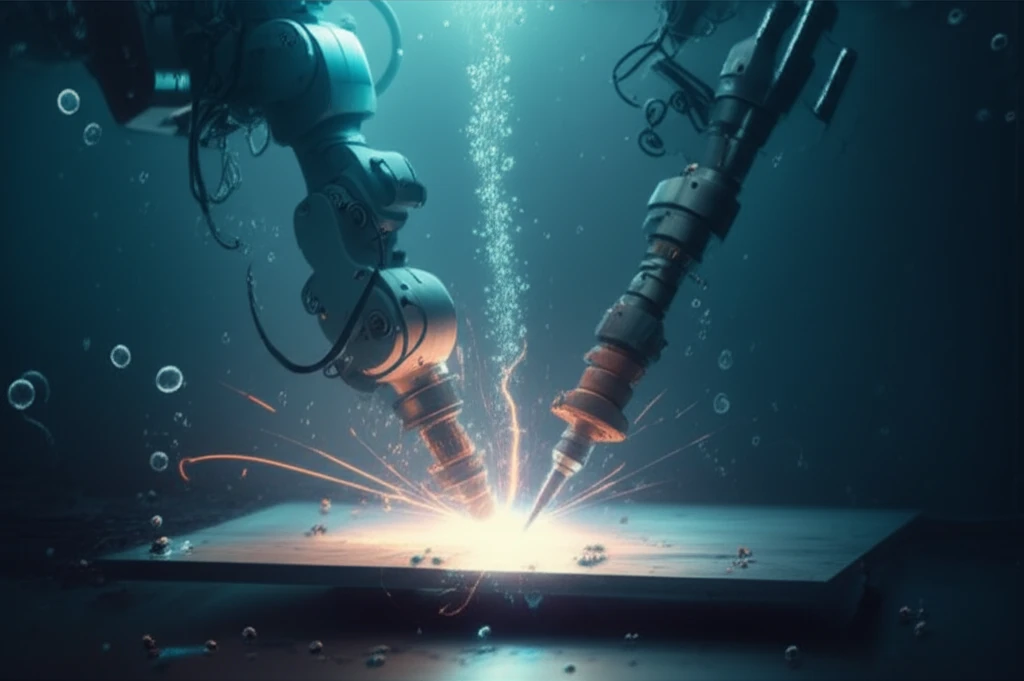
Friction Stir Welding: Is Water the Secret to Stronger Joints?
"A comparative study reveals how underwater welding enhances the strength and quality of aluminum joints."
In the world of manufacturing, creating strong and reliable joints is crucial, especially when dealing with materials like aluminum alloys. Friction stir welding (FSW) has emerged as a solid-state welding technique. But what if we could enhance this process even further? A recent study explores the comparative effects of performing friction stir welding in water versus air, revealing some amazing improvements.
The research focuses on welding AA-5754 aluminum alloy and examines how different cooling environments affect the microstructure and mechanical properties of the joints. By understanding these effects, we can unlock new possibilities for creating more durable and efficient structures across various industries.
This article will break down the key findings of the study. We'll discuss why underwater friction stir welding (UFSW) leads to finer grains, better tensile strength, and enhanced microhardness compared to traditional FSW methods. Let's dive into the science behind this innovative technique.
Why Underwater Welding Leads to Superior Aluminum Joints

The study's results indicate that underwater friction stir welding (UFSW) can produce defect-free joints across a range of rotational speeds, a significant advantage over FSW performed in air. The key to this improvement lies in the rapid cooling provided by the water environment. It impacts the material's microstructure during the welding process.
- Finer Grains: UFSW promotes the formation of finer, equiaxed grains in the stir zone (SZ), enhancing the material's overall strength and toughness.
- Improved Tensile Strength: Joints created through UFSW exhibit better tensile properties, meaning they can withstand greater pulling forces before breaking.
- Enhanced Microhardness: The microhardness of UFSW joints is also improved, making them more resistant to indentation and wear.
The Future of Welding: Cleaner, Stronger, More Efficient
The comparative study clearly demonstrates the advantages of underwater friction stir welding for AA-5754 aluminum alloy. By controlling the thermal environment during welding, UFSW can create joints with superior mechanical properties, offering exciting possibilities for industries that rely on strong and durable materials. As manufacturing processes continue to evolve, techniques like UFSW will undoubtedly play a key role in shaping the future of welding.
